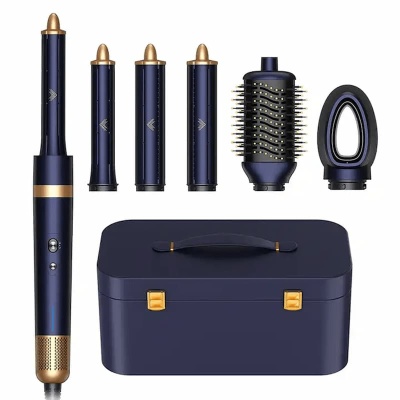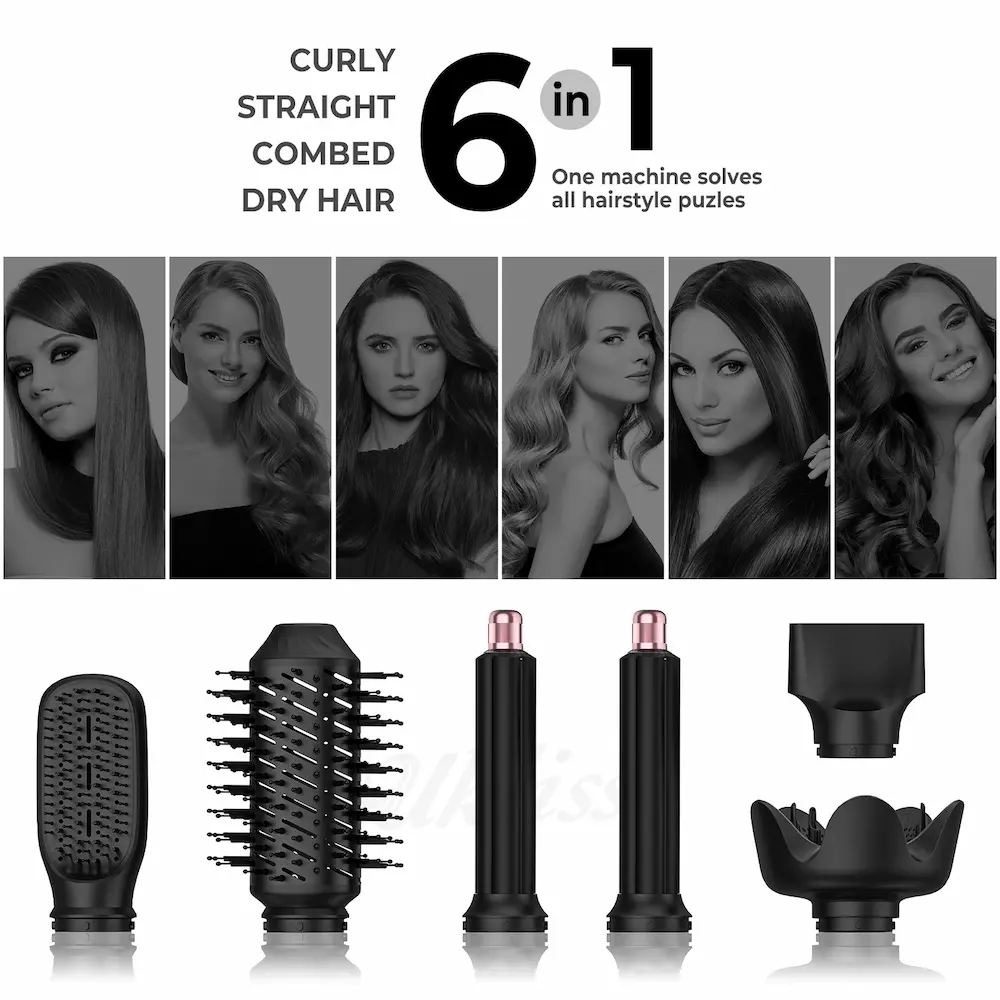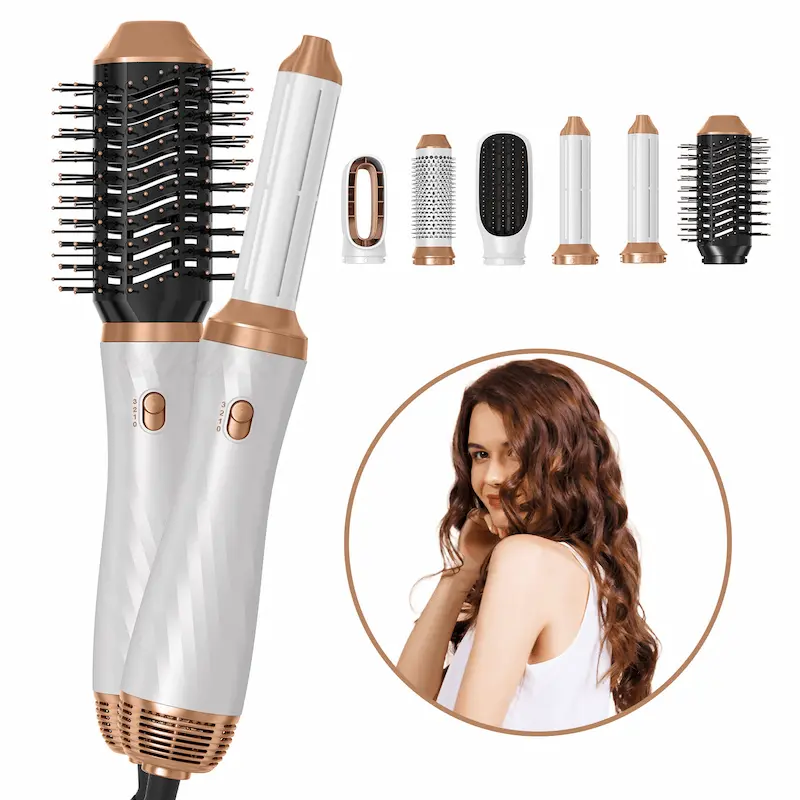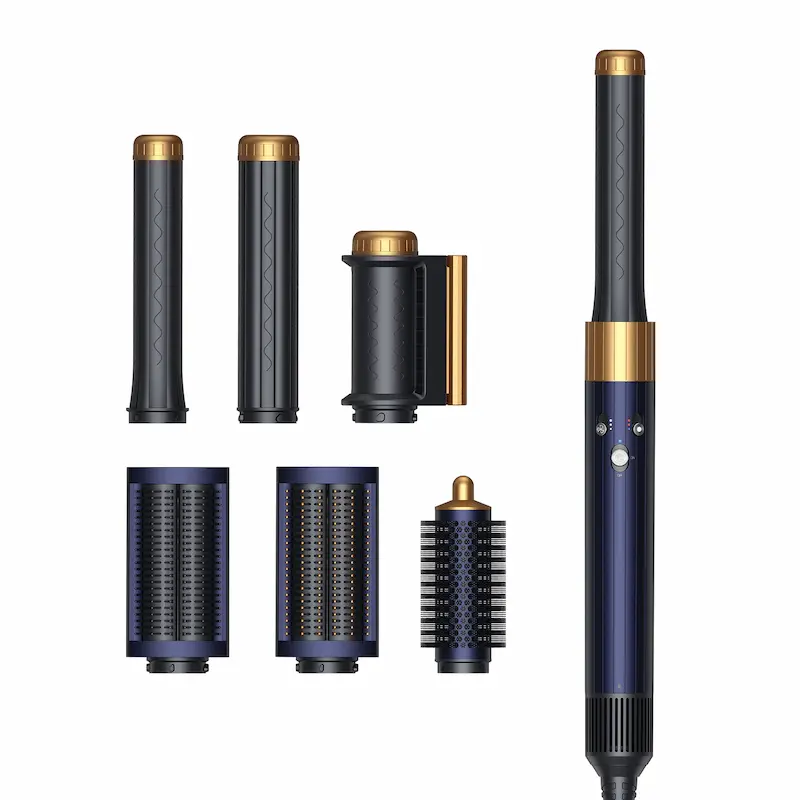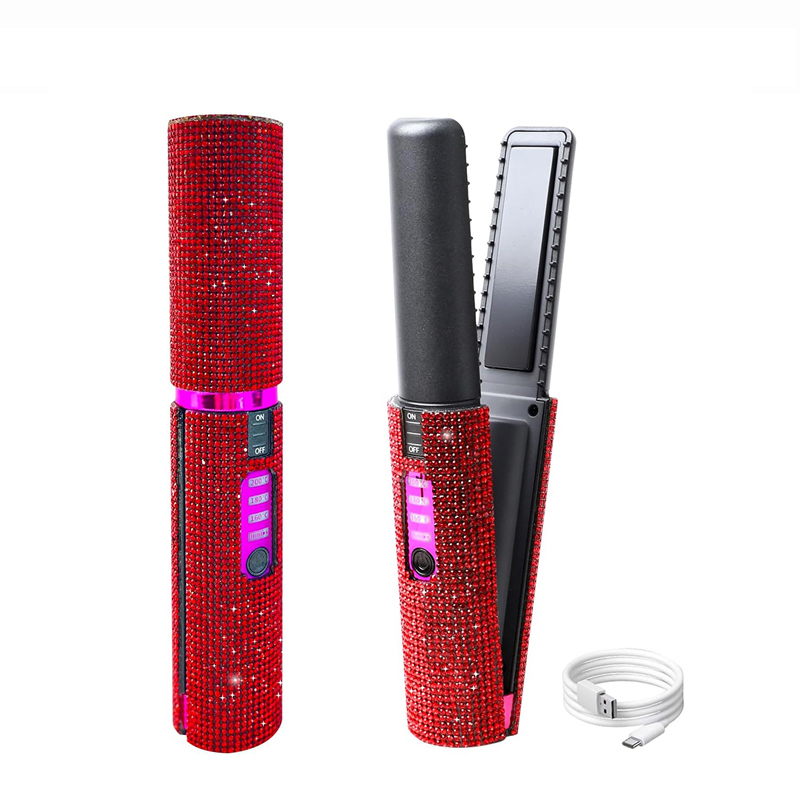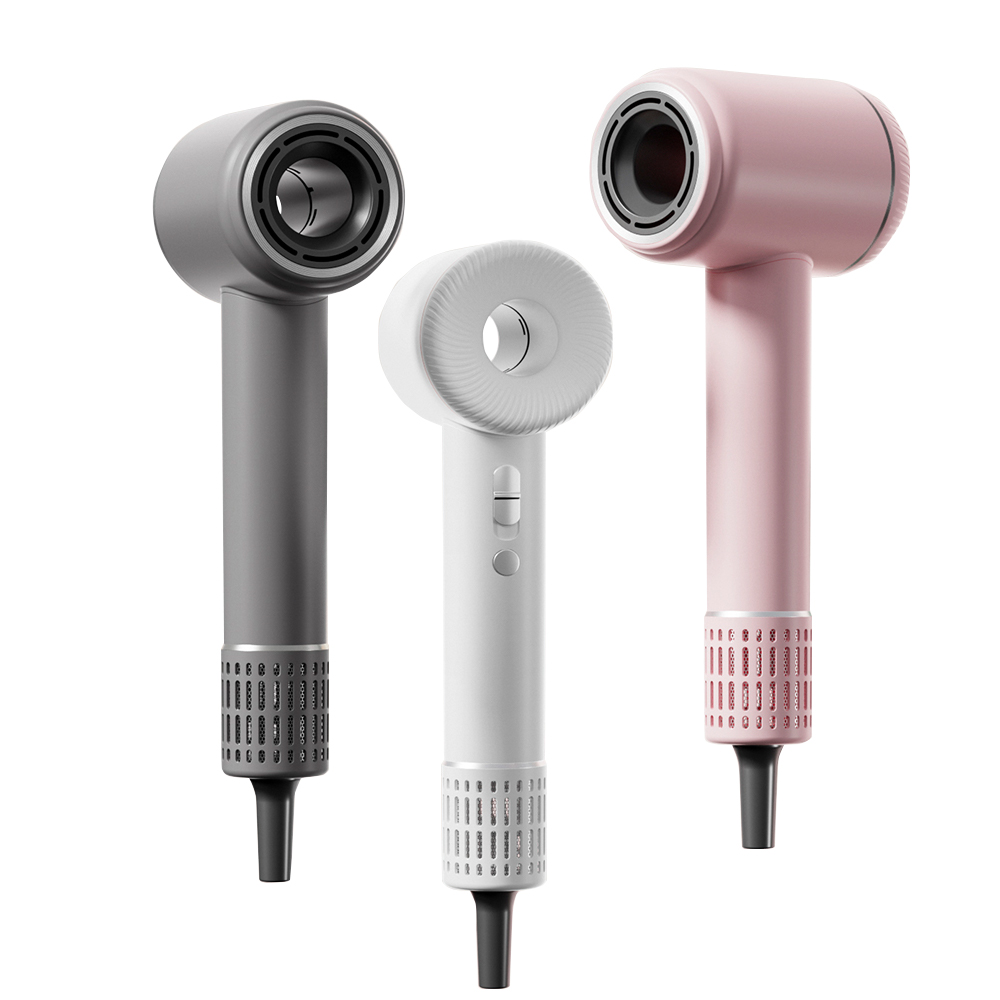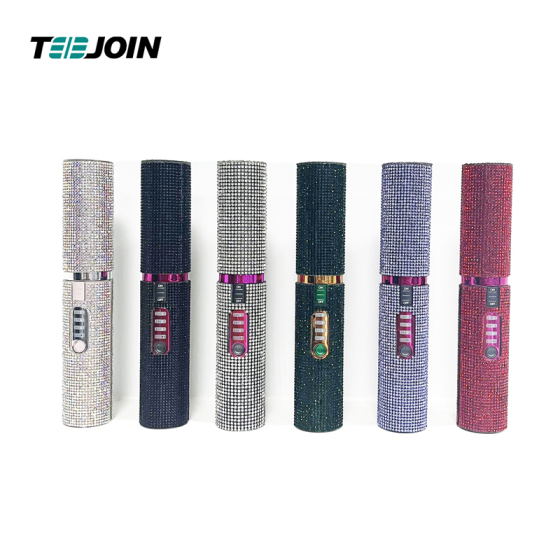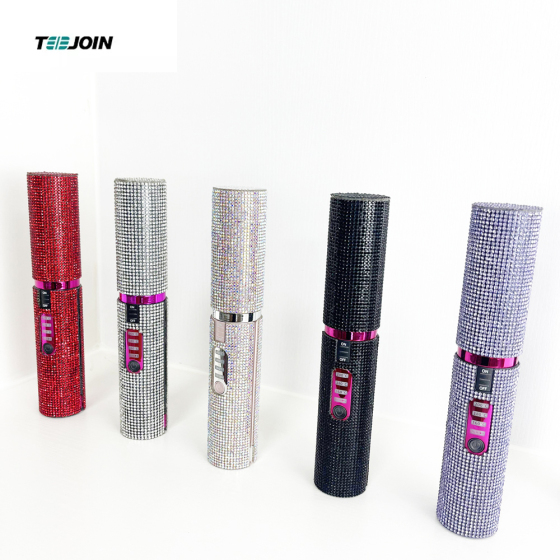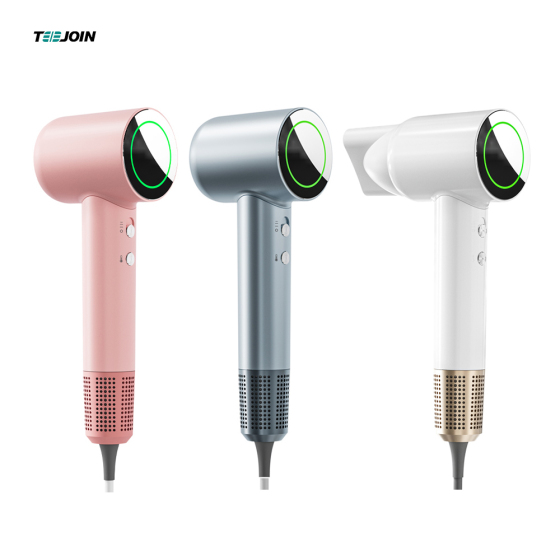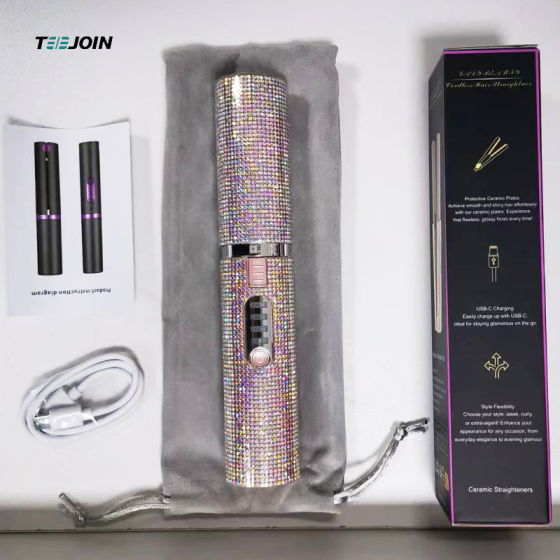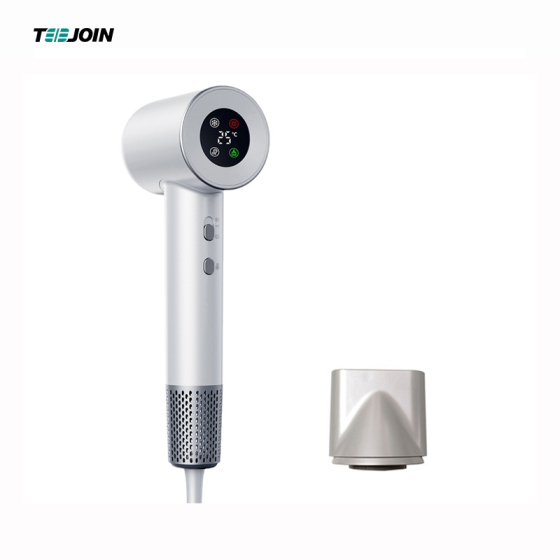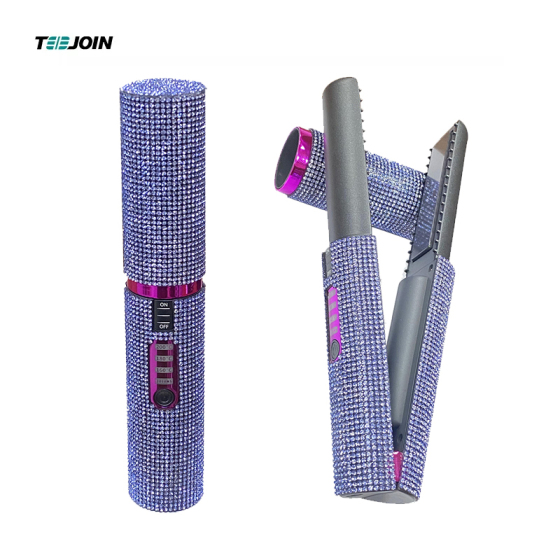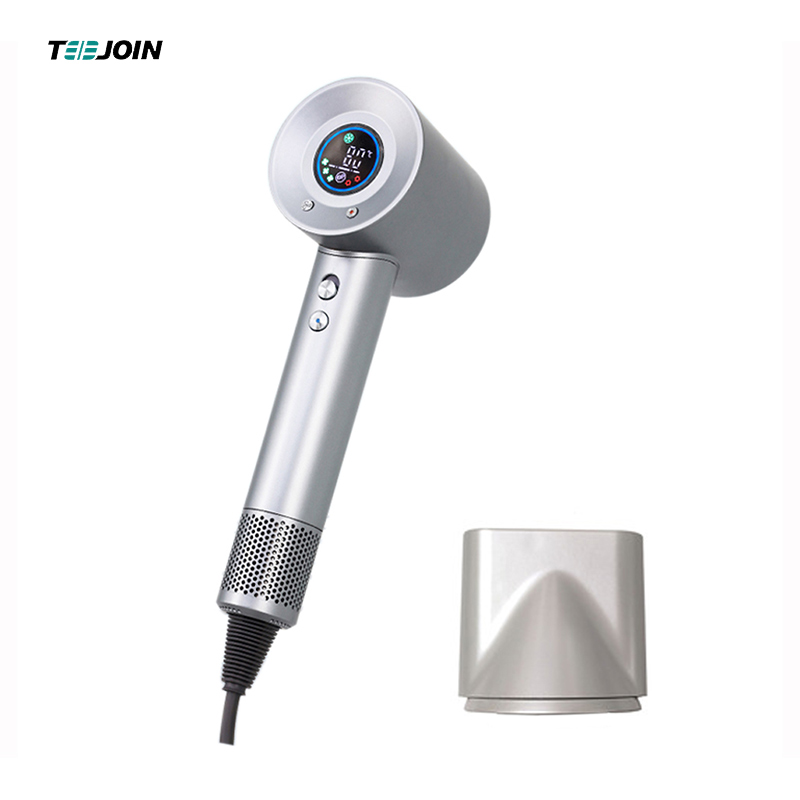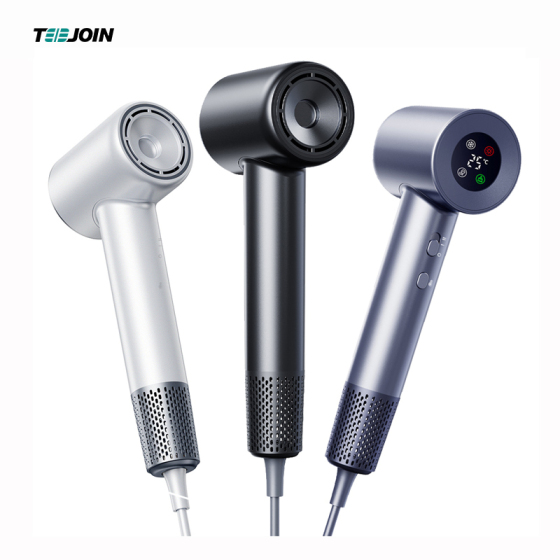
Tips for choosing a household hair dryer
2025-10-1
Nowadays, there are more and more types of home hair dryers with more and more functions.

In fact, many people used to refuse to use hairdryers because it is easy to damage our hair with hairdryers, but now many hair dryers have made great improvements in this area, and its negative ion hair care function can care for hair while blow drying it.
When shopping for a hairdryer, which kind of hairdryer do you prefer? In the following content, I will introduce how to choose a home hair dryer related information.
How to choose a home hair dryer
Home hair dryers also have certain buying skills when buying. Only by mastering the purchase skills, we can choose a quality and
inexpensive product. Next, I will take you to understand what are the tips for buying a home hair dryer.
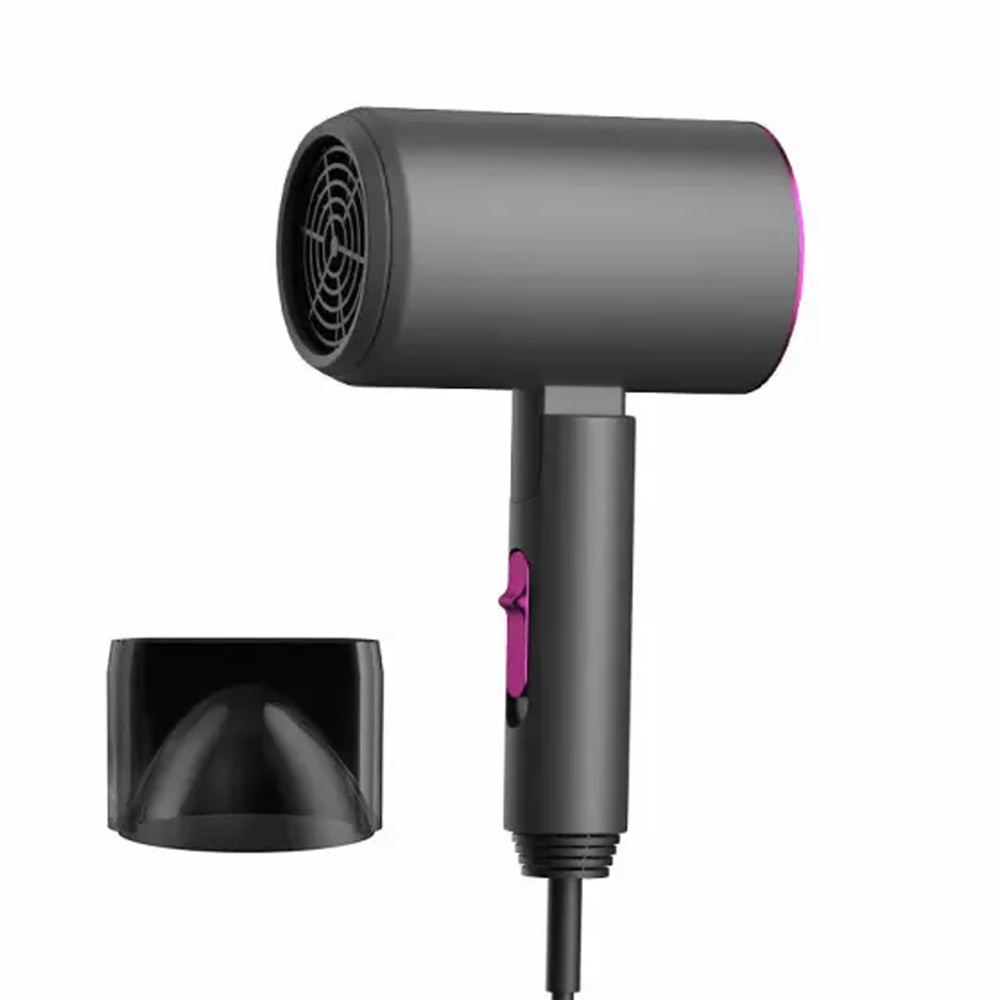
Tip 1: Selection of materials
From the material point of view, the current material of the hair dryer is no more than plastic and metal and ABS.
Although the plastic hair dryer has a light weight, low price, good thermal insulation performance and other characteristics in the
process of use.
However, it is prone to problems such as aging and poor high temperature resistance. If the insulation structure of the plastic hair
dryer is not good, it will also lead to the deformation of its plastic shell.
When shopping for a hairdryer, it's actually best to choose a hairdryer made of metal because it can withstand higher temperatures
during use and is more durable.
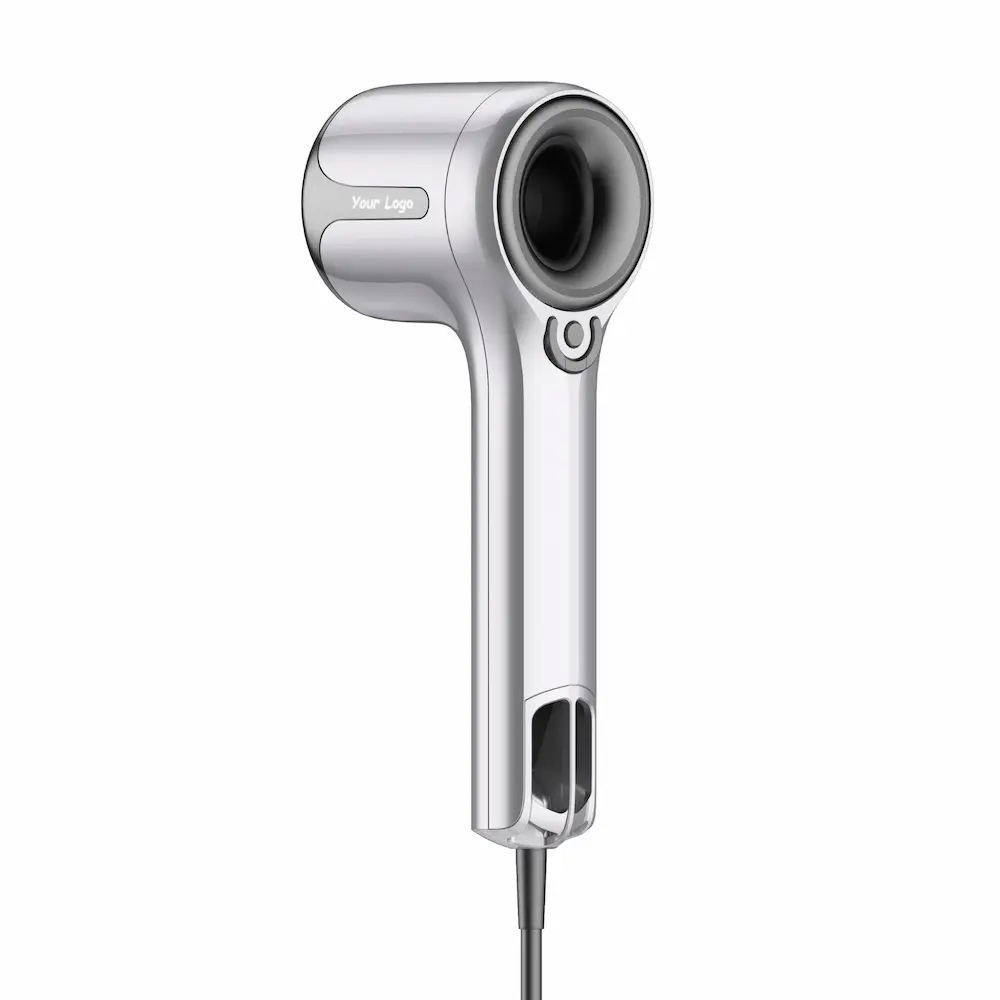
ABS (ABS material is a graft copolymer of three monomers: Acrylonitrile, 1,3-Butadiene and Styrene.) material hair dryer durability,
with good abrasion resistance and corrosion resistance, able to resist wear and tear and corrosion in daily use, to prolong the It can
resist abrasion and corrosion in daily use, prolonging the service life of the hair dryer.
Lightweight design: ABS material itself is relatively light, which can reduce the weight of the hair dryer, making it more portable and
easy to carry.
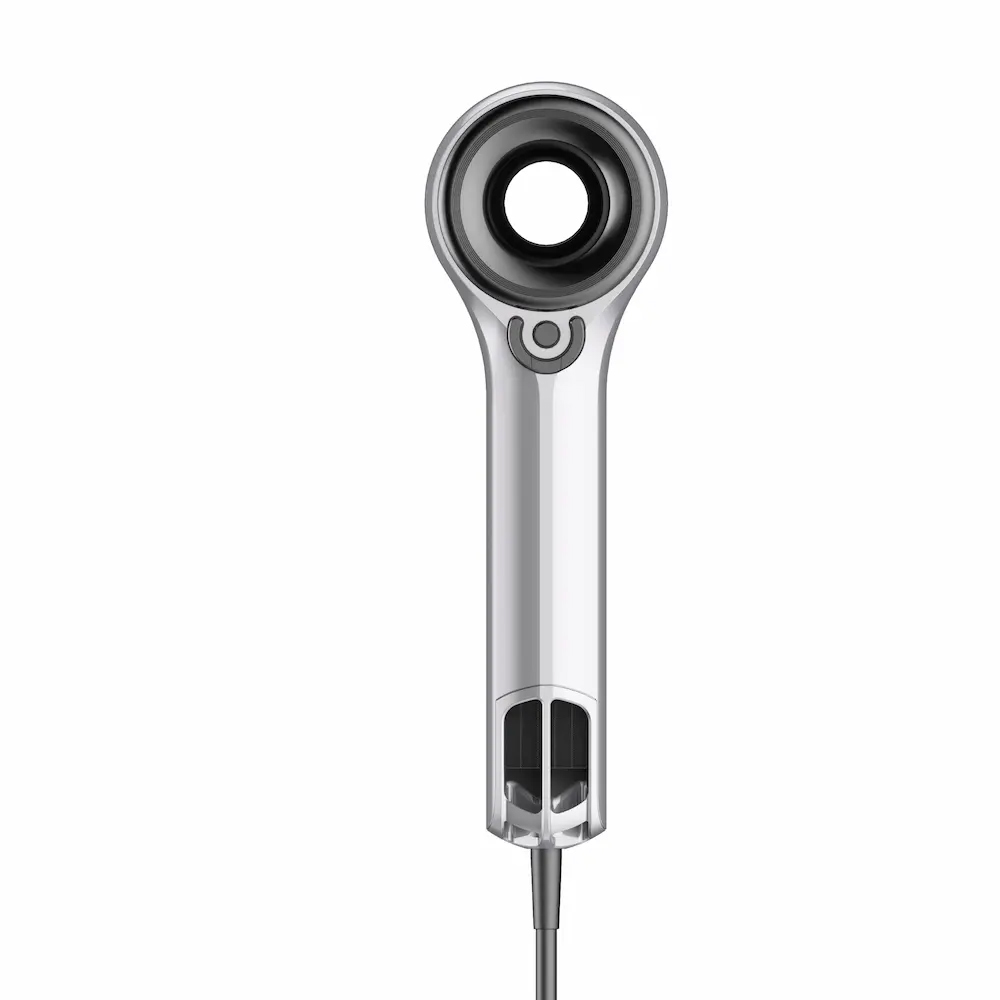
High Temperature Resistance: ABS material has high temperature resistance and can withstand the high temperatures generated
when the hair dryer is in operation, and is not easy to be deformed or melted.
Smooth surface: The surface of the hair dryer shell made of ABS material is smooth, easy to clean and maintain, and keep the
appearance beautiful.
Good plasticity: ABS material is easy to process into a variety of shapes and structures, which can meet the requirements of the hair
dryer appearance design, enriching the appearance of the product modeling.
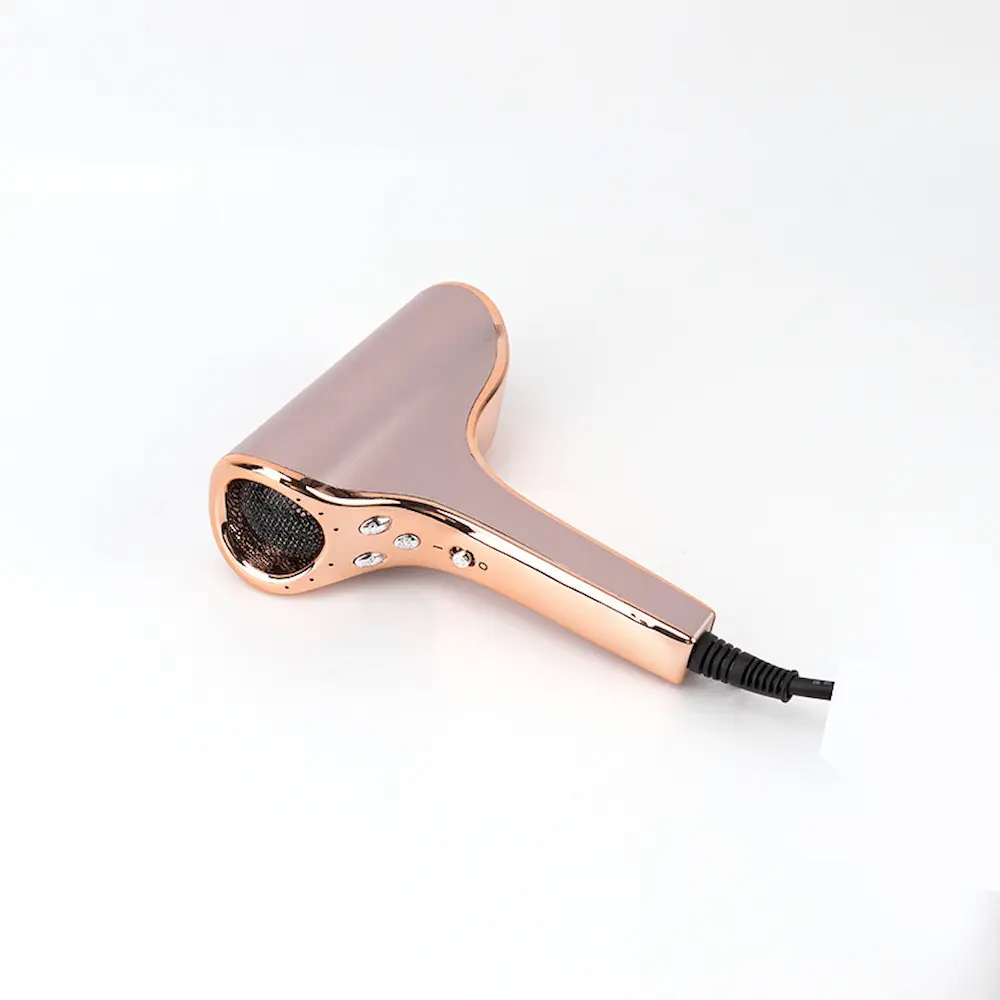
Tip 2: power selection
There are many power specifications for home hair dryers. The power of hair dryer on the market at present generally has 300W,
700W, 900W, 1000W, 1600WQ, 2000W and other specifications.
The higher the power, the greater the airflow volume of the hair dryer during use. The volume will be higher, but at the same time
the power consumption will also increase. From the point of view of saving time, improving thermal efficiency and reducing power
loss, it is more appropriate to use a hairdryer with a power between 800-1300W.
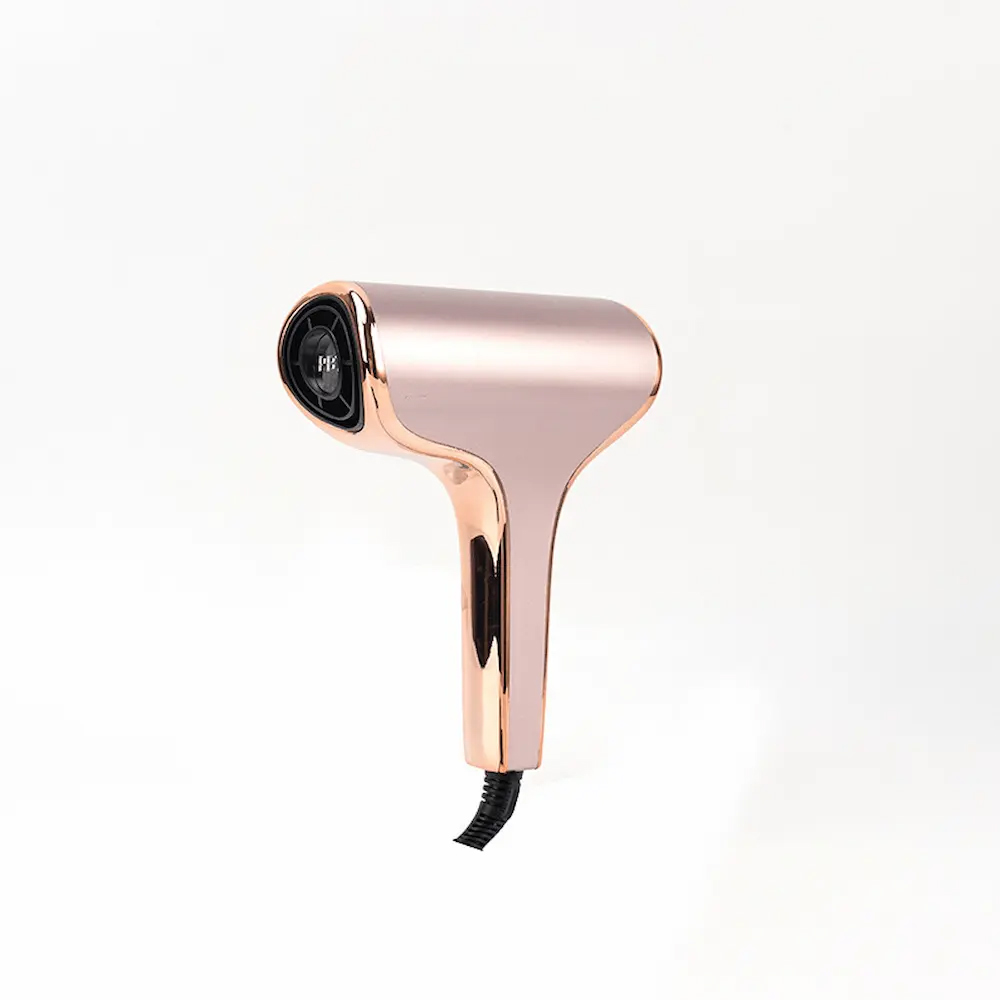
Tip 3: Safety
When buying a hairdryer, the safety of use is also a problem we need to consider.
The safety of the hair dryer is mainly determined
by its structure and performance. When buying, we need to know whether the hair dryer has been tested by the home appliance
testing department and whether there is a product qualification certificate.
In addition, we also need to check whether there are
scars on its appearance and whether the plating layer is off, so as to fully guarantee the safety of this hairdryer.
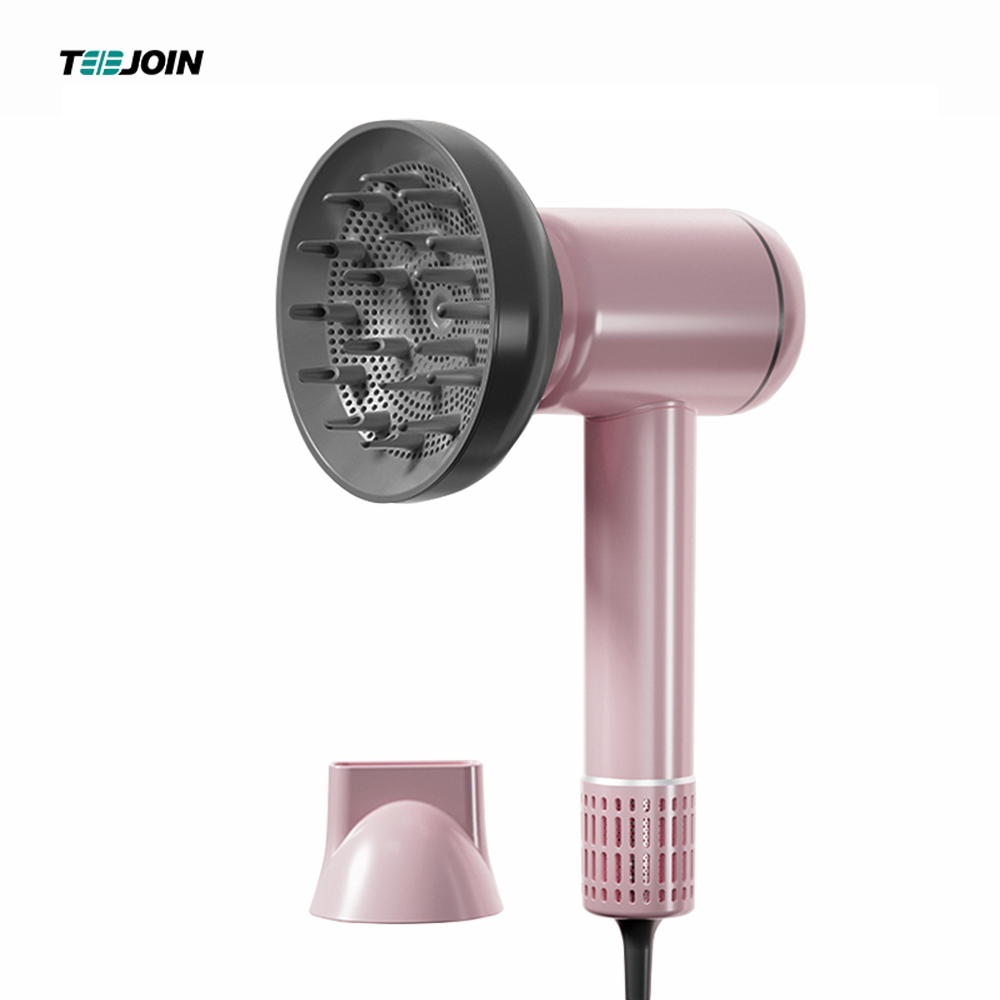
Tip 4: Hair dryer test
When we use the hairdryer, its switch must be flexible, and at the same time, we should carry out the power-on test during the
purchase process, and test the "hot", "cold" and "stop" positions on the hairdryer in turn, and then turn it.
The round stopper on the back of the hairdryer casing. There should be temperature and wind adjustment gears on the hair dryer.
To test it, try its temperature at the position of the blow dryer. Also, listen to the noise it makes when it is working and whether the
wind is blowing. There should be no rubbing sound when the blades rotate against the housing.

